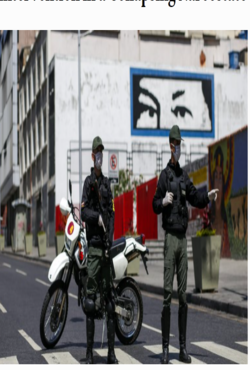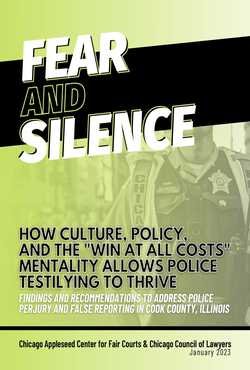By David Borden
Dangerous Delays is the first published study on the characteristics of cannabis store robberies. The report was motivated by recurring reports of assaults on workers that follow a pattern: Robbers force workers to the back of the store, demanding they open the safe to obtain secured cash. Workers don't always know the combination, and robbers don't always believe them. Dangerous Delays was also motivated by Congress's renewed attention on the SAFE Banking Act this year, and by disagreements among legislators and advocates which delayed SAFE in the Senate last year. Those debates, while focused principally on social equity concerns, saw arguments made that had the effect of casting doubt on the role of cash in driving robberies of cannabis stores, or of the significance of cannabis store robberies as a whole. While SAFE was stalling in the Senate, Washington State's cannabis community was in the grip of an unprecedented surge in armed robberies of cannabis stores. This occurrence, which began in November 2021 and lasted 4 ½ months, saw nearly 100 reported robberies affect roughly 80 cannabis stores, and ended with three people dead. Uncle's Ike's, a Seattle-based cannabis store chain, since 2017 has compiled robbery reports, and some burglary reports, in the "Uncle Ike's i502 Robbery Tracker." This unique resource is what enabled us to carry out the research done for this report. Our analysis confirms that cash dominates as the target for cannabis store robberies. Product also plays an important role, but almost always in combination with cash; whereas cash on its own gets targeted close to 50% of the time, based on the incidents for which we could determine what was targeted. Most burglaries, by contrast, appear to only target product. In light of the pattern of assaults on workers described above, we classified robberies according to whether robbers targeted the back of the store, or limited their attention solely to the front. We also classified robberies according to four observed types of aggression that occur during armed robberies, which go beyond the minimum level of aggression inherent in robbery. Using statistical correlation measures, we found for the time period of the surge that robberies targeting the back of the store involved elevated aggression more often, and exhibited a larger average number of different aggression types, compared with robberies limited to the front of the store. Examination of individual incidents confirmed that in the great majority of cases, back of the store robberies only target the safe. We also found, however, that weapons fire during cannabis store robberies is complex. The two worst shootings during the Washington surge were driven in part by the 5 robbers' pursuit of cash, but also by physical altercations having ensued between robbers and the workers who were shot.
Washington, DC: StoptheDrugWar.org, 2022. 45p.





















